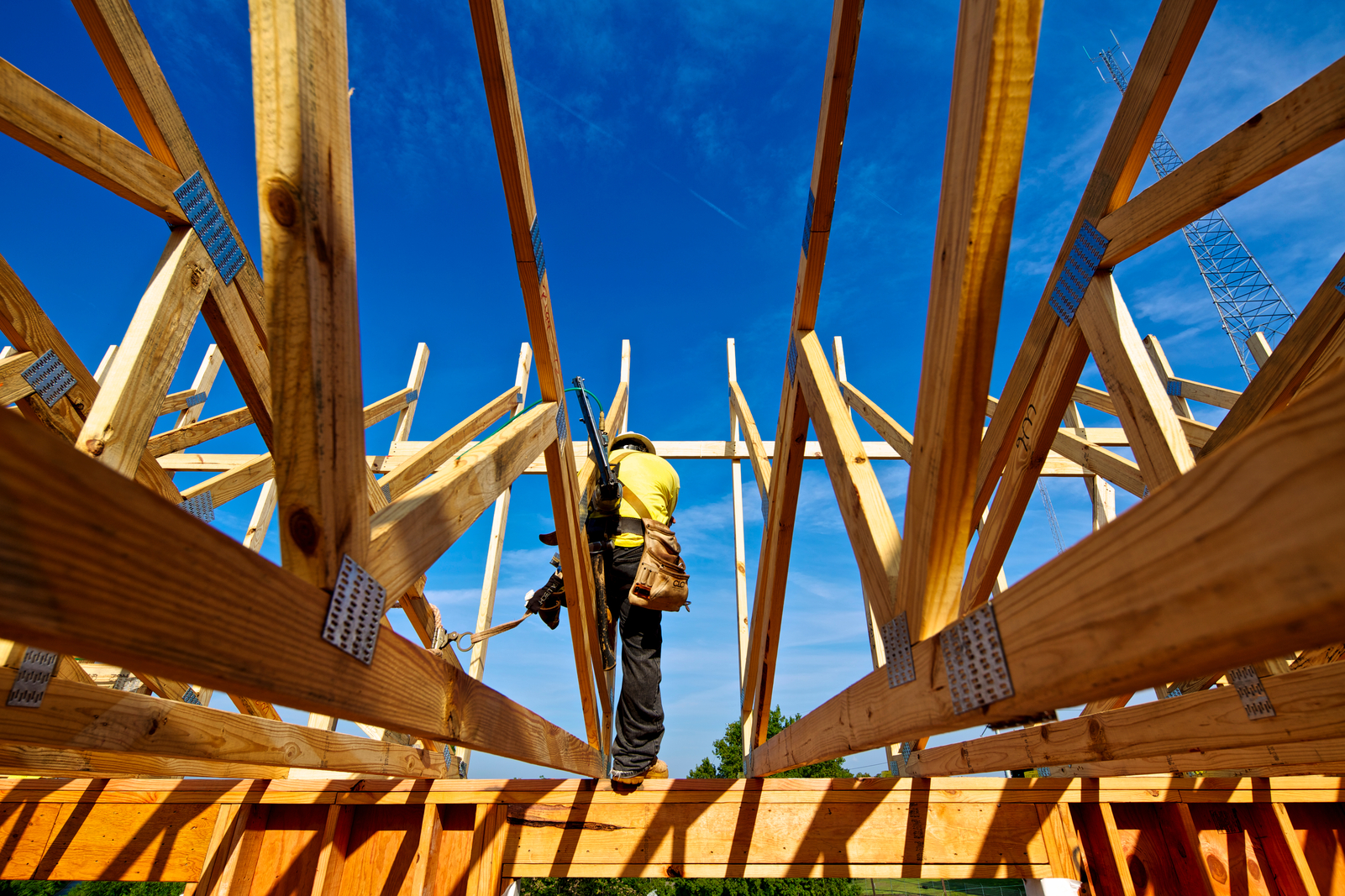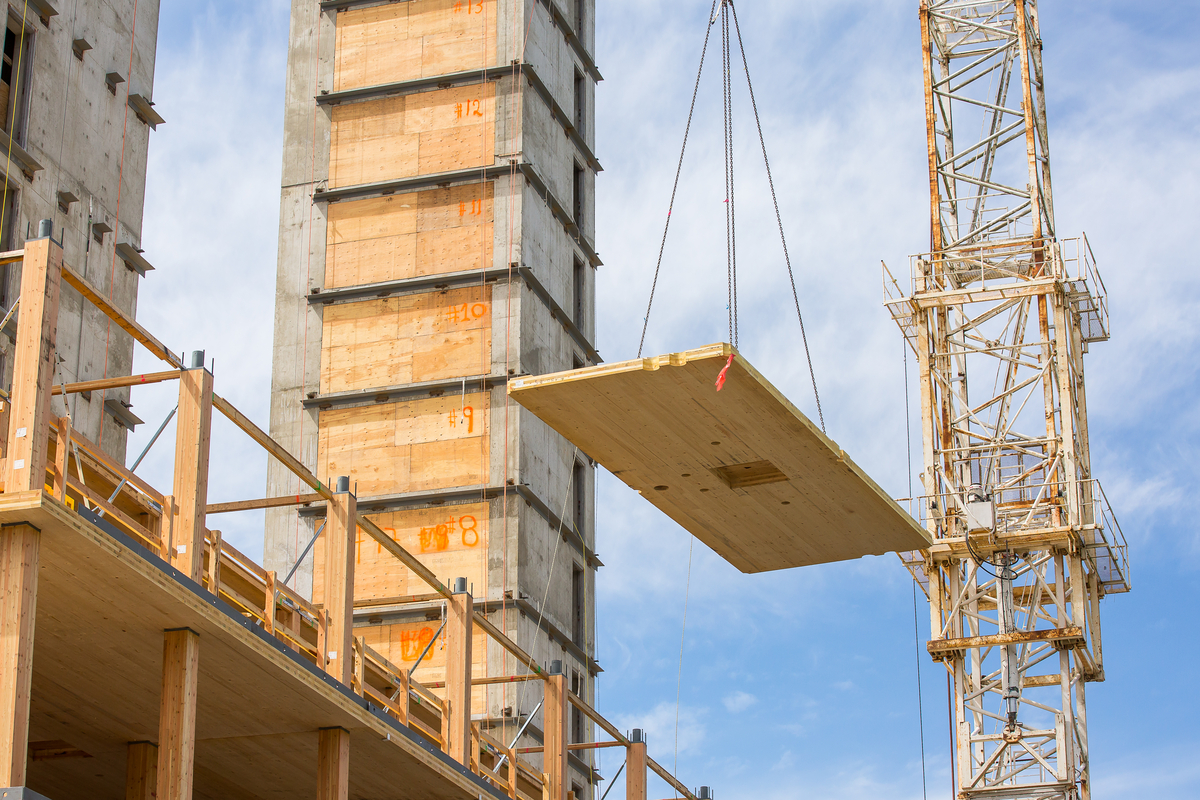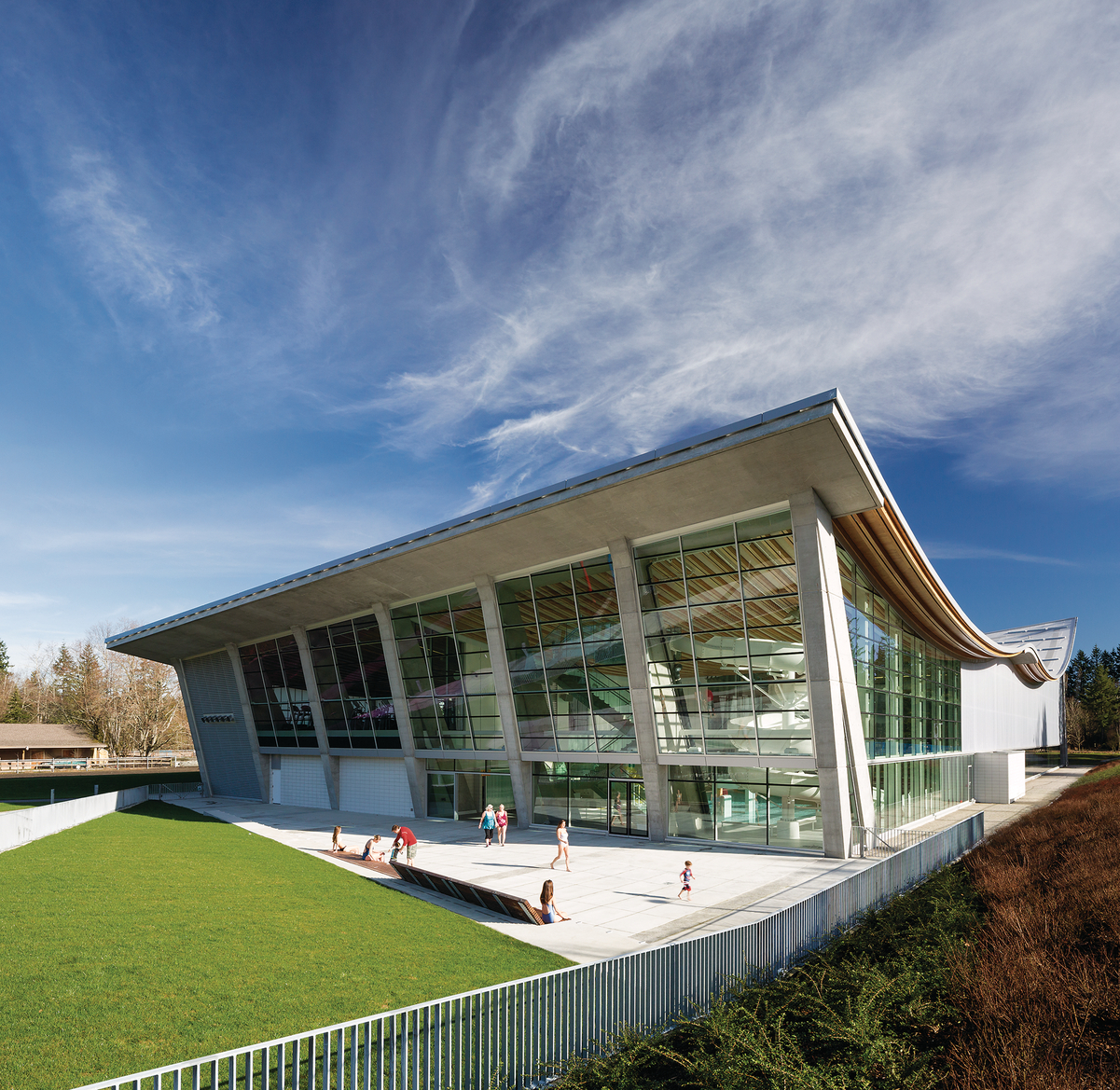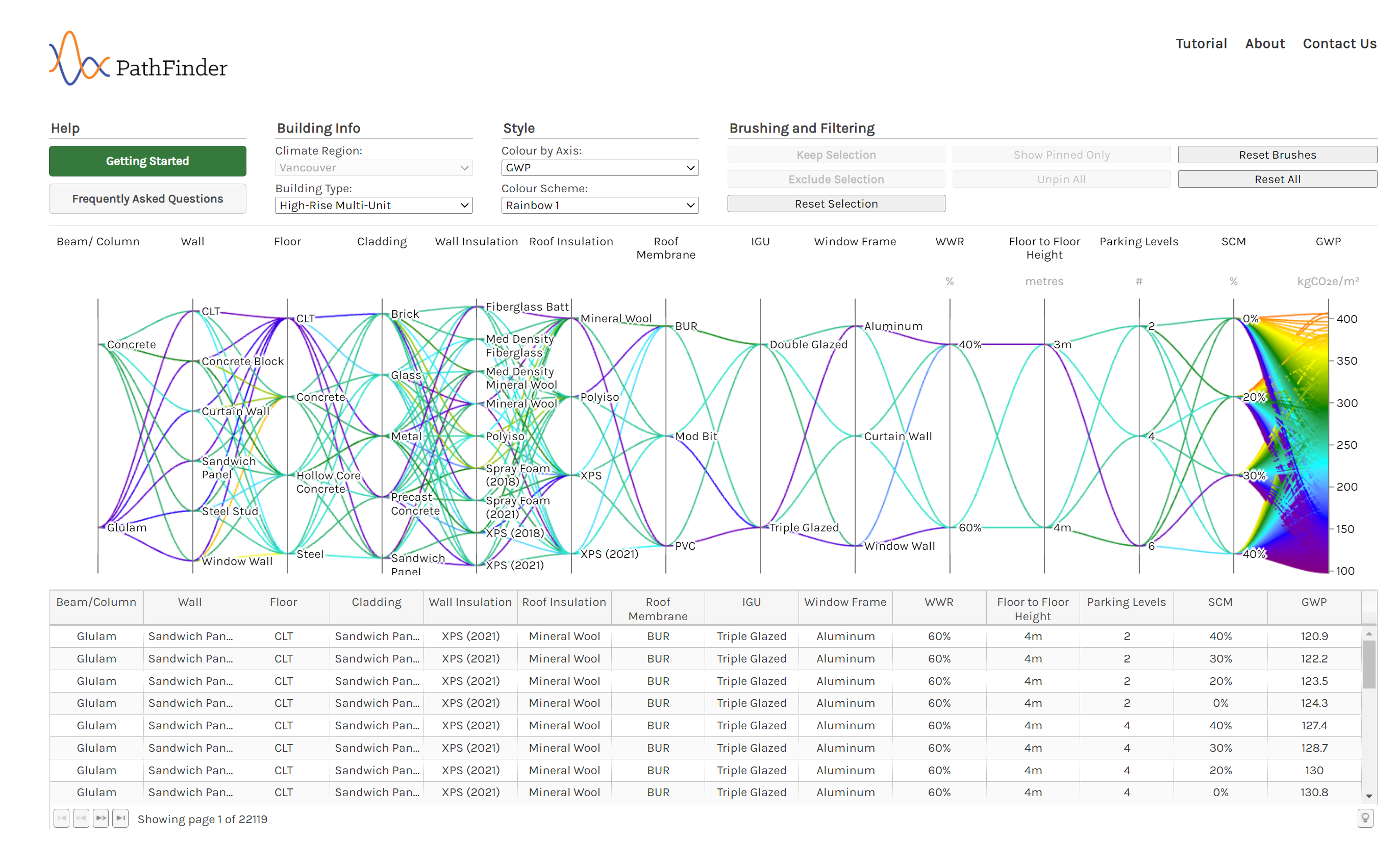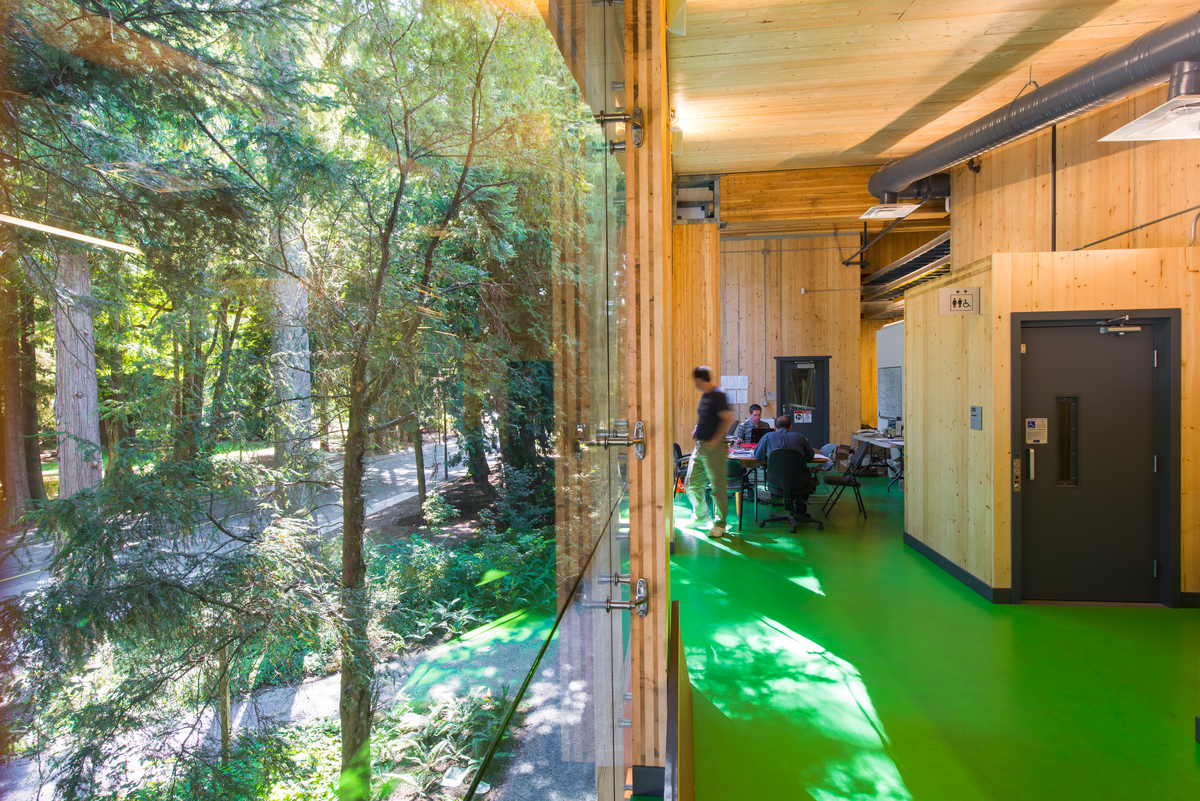Existing municipal climate policy can be gateway to broader adoption
The construction industry is responsible for significant carbon emissions as materials are extracted, processed, and transported for construction and eventually disposed of when buildings are demolished. The embodied emissions from buildings alone are responsible for around 11 per cent of annual global carbon emissions.
Strategies such as material performance, circular economy, waste management, retrofitting, and waste reduction, contribute to maximizing the value of the carbon already sunk in the built environment.
These strategies are not necessarily simple, but within the current policy landscape, they are achievable and are effective in bringing embodied carbon from the margins to the mainstream.
Advancing embodied carbon policy is an important next step in climate policy for local and regional governments around the world.
This report from the Pacific Institute for Climate Solutions demonstrates that existing policy foundations laid out over decades can be gateways to advancing carbon policy to be adopted more broadly.
Light-frame construction | Photo credit: Nik West
